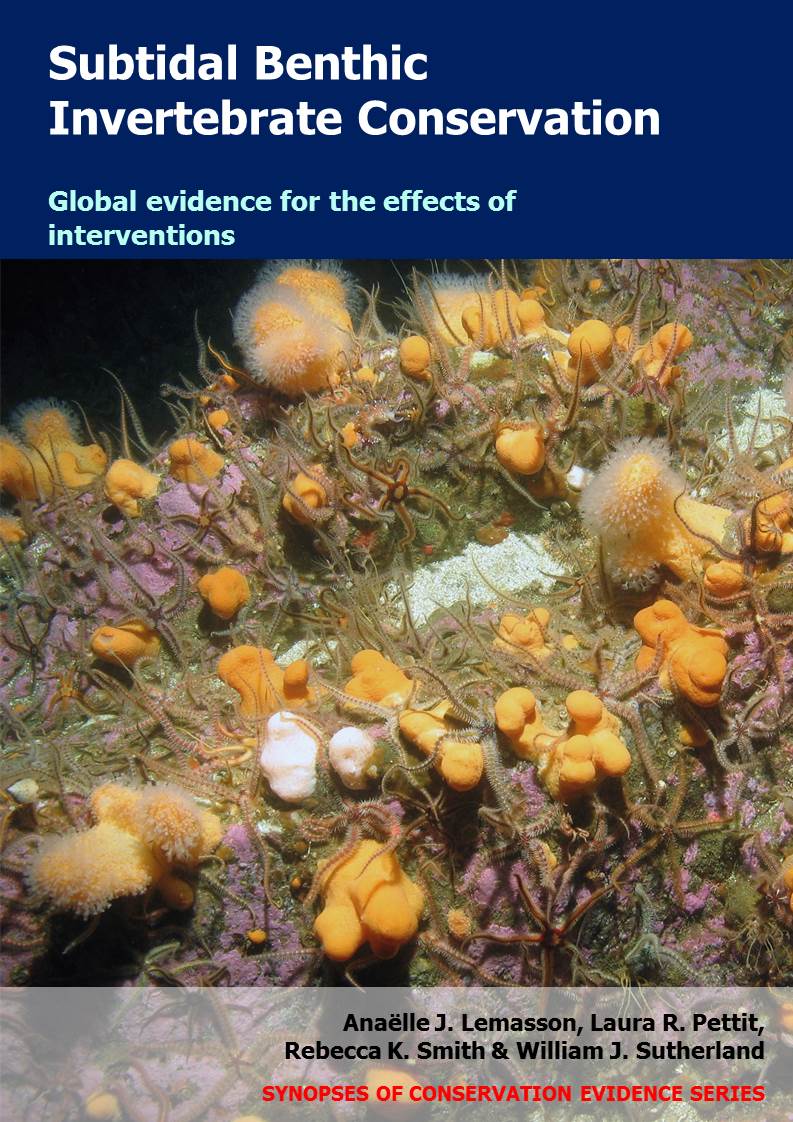Use a larger codend mesh size on trawl nets
-
Overall effectiveness category Likely to be beneficial
-
Number of studies: 1
View assessment score
Hide assessment score
How is the evidence assessed?
-
Effectiveness
65% -
Certainty
42% -
Harms
0%
Study locations
Supporting evidence from individual studies
A replicated, paired, controlled study (year unspecified) of three estuarine sites in the Celestun Lagoon, Gulf of Mexico, Mexico (Burgos-León et al. 2009) found that trawl nets fitted with a 2.5 cm mesh codend instead of a traditional 1.3 cm mesh caught fewer combined non-commercial unwanted invertebrate and fish species (discard) and lower biomass and abundance of discarded organisms. On average, nets with the larger mesh codend caught fewer discard species (3–12) than nets with the traditional codend (12–20). Biomass and abundance of discards were on average lower with the larger mesh codend (biomass: 2–10 g/245 m2; abundance: 0.7 individuals/245 m2) than with the traditional codend (biomass: 22–57; abundance: 37). Nets with the larger mesh codend also caught less biomass and abundance of commercially targeted shrimps (biomass: 3–15 g/245 m2; abundance: 1 individual/245 m2) than nets with the traditional codend (biomass: 15–39; abundance: 20). This however led to similar biomass ratios of commercially targeted to discard species for both mesh sizes (1:1). On three occasions at each of three sites, a vessel towed two identical bottom-nets simultaneously over 100 m during paired deployments, one fitted with the traditional codend, the other with the larger mesh codend. For each deployment, discarded organisms were identified and their combined weight and counts recorded. Weights of commercially targeted shrimps were also recorded.
Study and other actions tested
Where has this evidence come from?
List of journals searched by synopsis
All the journals searched for all synopses
This Action forms part of the Action Synopsis:
Subtidal Benthic Invertebrate Conservation





)_2023.JPG)














